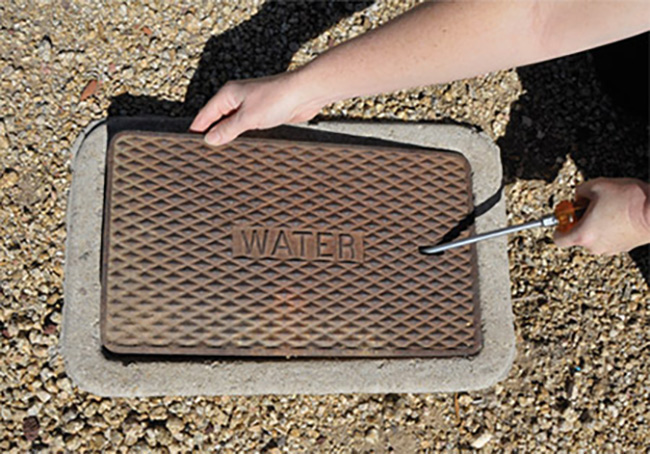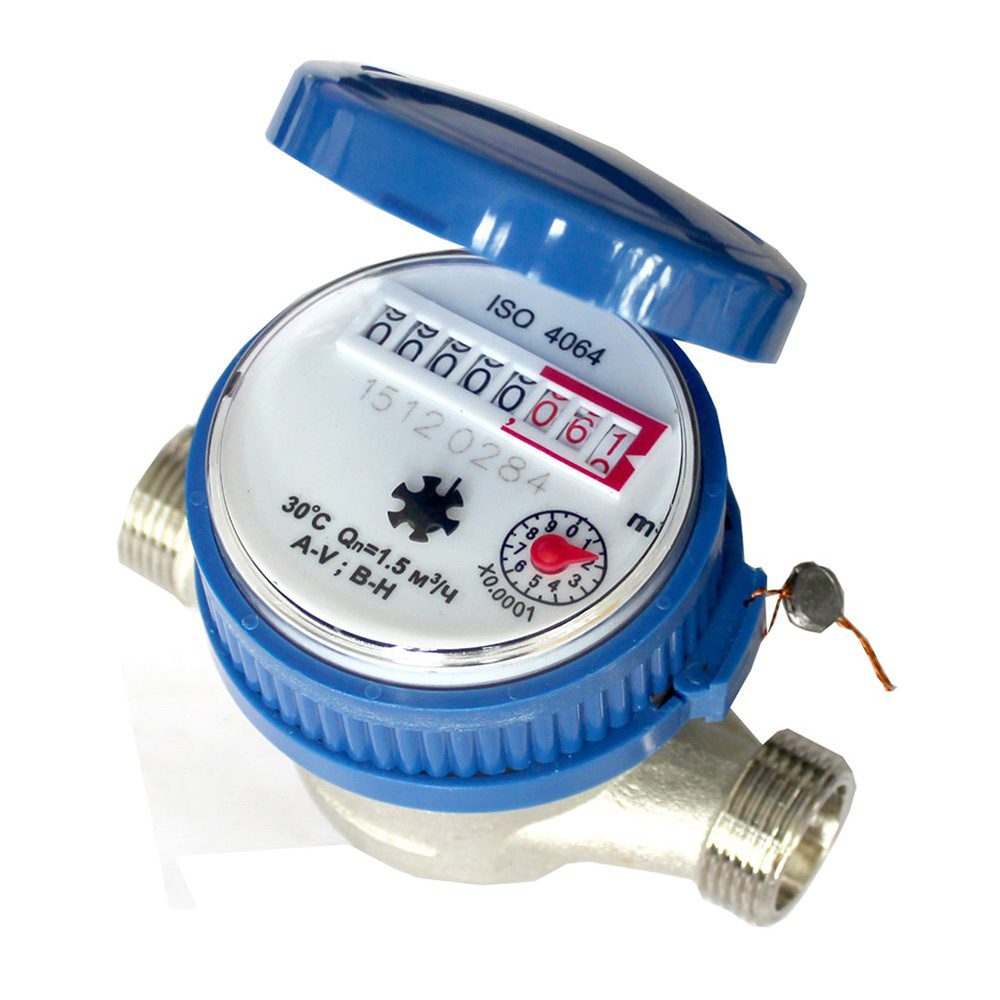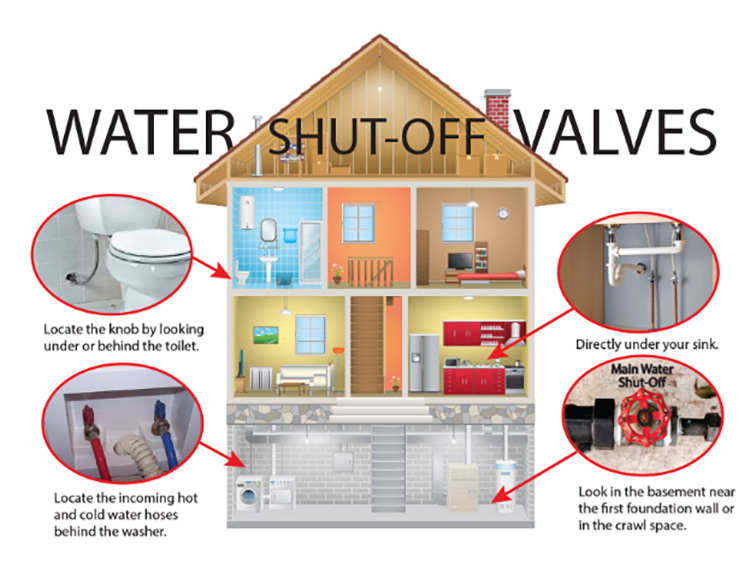Read Your Meter
Every home, with a public water provider, has a water meter. Meter readings determine the charges on your sewer, stormwater, and water utility bill. Reading your meter is a great way to find out if you have a water leak.
Step 1. Locate your meter
Step 3. Identify your meter
There are many types of water meters. The one you have is based on who provides your water. Your meter may measure water in cubic feet (CF) or in gallons (GAL).
Analog Dials
Digital Dials
Step 4. Read your meter
This analog meter dial is typical of many residential meters. Your meter may look different, but they all work on the same principles.
1. The flow indicator triangle, also known as the leak detection dial, rotates whenever water flows through the meter.
2. Each full revolution of the register sweep hand indicates that one cubic foot of water (about 7.48 gallons) has passed through the meter. If your meter reads in gallons, each revolution of the sweep hand indicates that one gallon of water has passed through the meter. The markings at the outer edge of the dial indicate tenths and hundredths of one cubic foot or one gallon.
3. The water meter register is a lot like the mileage odometer on your car. The numbers keep a running total of all the water that has passed through the meter. Read the numbers from left to right. For analog dials do not include the numbers in the black or red shaded area to the right. For digital readouts do not include the numbers after the decimal point. Compare the meter reading on your last water bill by subtracting it from the current reading. The difference is your water consumption. For example, if your previous meter read was 1,325 and today’s read is 1,332, you have used 7 units of water between reads.
Step 5. Find the leak detection dial/flow indicator
Most residential meters have a leak detection dial, also known as a flow indicator.
The leak detection dial may be a red or blue triangular-shaped dial or a blue or black snowflake-shaped dial. It may spin rapidly when water is running. If water is dripping, the leak detection dial may move slowly.
In digital readouts the leak detector may be shown as a plus sign or an arrow.
If water is turned off in the house and in the yard and the leak detection / flow indicator dial is turning you may have a leak. The faster the dial turns the greater the flow of water being lost.
Step 6. Is the leak in the house or outside?
Locate the main water shut-off valve in your house. It is usually located near the hot water heater, which may be in your basement or garage.
Your house will either have a Ball valve or a Gate valve for main water shutoff.
Turn off the valve. Then turn on a faucet inside the house to test the shut-off valve.
If water still flows from the faucet after several seconds, the shut-off valve is not working. There is no way to tell whether the leak is indoors or outdoors.
If no water flows from the faucet, the shut-off valve is working. Return to the meter.
Step 7. Is the water meter’s leak or flow indicator moving?
If the leak indicator is not moving, you may have a leak somewhere within your home’s plumbing system. Possible sources are leaking toilets, faucets, appliances or even garden hoses.
If the leak indicator is moving, water is flowing between the meter and the shut-off valve in the house. That means you may have a leak between the shut-off valve and your meter, possibly an underground leak.
Step 8. Learn more
- Check out the Nerds information on Underground Leaks.
- Watch a video to learn more about how underground leaks are located.
- Find a professional to locate and repair the leak.
- Search DIY Resources.












